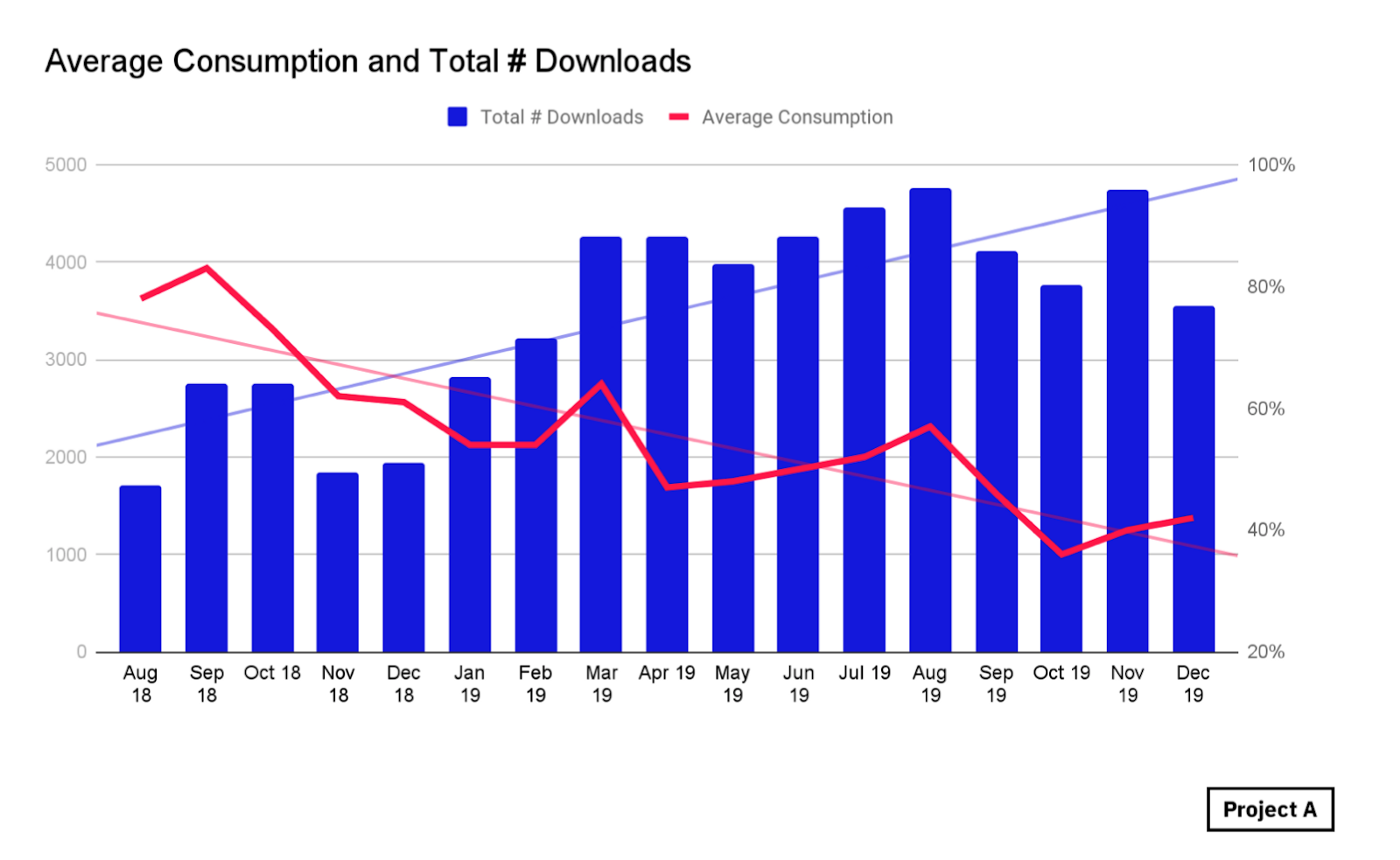By Joel Dombrower
At first glance, writing about podcasting in 2021 might have seemed unthinkable a few months ago. Podcasting has been around for a while, believe it or not, back in 2005 with the release of formal support for RSS feeds was added to iTunes, thus making podcasts more accessible and easier to listen to on mobile devices. But it was not until 2019, when Spotify doubled down on podcasting and iTunes was no longer the cool kid on the block, that things really started to change. The pandemic put into question many of our deeply held beliefs when it comes to marketing efforts; and the importance/relevance of podcasts was one of them, especially from a Brand Marketing appeal.
Mapping the podcast landscape (and why Clubhouse never belonged to it)
In 2019 alone, Spotify invested more than $300 million in podcast technology: in February they acquired Anchor (a platform for podcast creation) for $154 million, Gimlet Media for $195 million, and Parcast for $55 million. Also other subscription-based platforms came into light: Luminary, who called themselves “the Netflix of podcasts”, raised $100 million in investment that same year.
Two years later, Spotify surpasses Apple in # of listeners by the end of this year. According to Buzzsprout,Spotify holds 31.7% of market share when it comes to listeners, followed by Apple Podcast with 26.9%, and Google Podcast with 2.9% (yes, you read that correctly… less than 3%).
And what about Clubhouse? My answer: what about it? In Germany, Clubhouse was popular for approximately 20 days before it disappeared into the void never to be heard of again (no pun intended). Audio chat rooms and podcast episodes are not the same thing.
How is it useful?
For Project A as a VC, our podcast aligns perfectly with one of our values — knowledge sharing: Making knowledge accessible within Project A, ventures, and startup scene.
But is that something for a startup? Yes. It’s still a very cheap and accessible communications channel. It is a great way to show your product, expertise and position yourself as a thought leader within the industry. Can you sell a product with the podcast? In the marketing funnel you are at the top — it’s all about creating awareness.
BUILDING TRUST — Podcasts allow you to position yourself as a trusted knowledge expert. Much like personal branding, this will ultimately generate a spillover effect on your brand and product.
VISIBILITY — With a broad audience base, podcasts allow to reach a wide audience in a more natural way and not through more traditional salesly approaches. Less advertising, more knowledge. This in turn, will support in building your brand in a more organic way.
DIGESTIBLE CONTENT — Podcasting in itself is a very intimate and personal medium. Consumption of audio content is not that time-consuming since it can be done on the go, while buying groceries or going out for a run. At the same time, the long format approach of audio content allows and gives the opportunity to deep dive into your topic and continue building trust for your brand.
First steps
At Project A, we jumped in the podcast wagon relatively “early”. We aired our first episode back in September 2017 on Soundcloud, in German and with the ambitious goal of delivering top quality episodes on a weekly basis. We wanted to cater to investors, founders, talents and show our wide range of expertise in our teams’ operational topics.
To be fair, we did quite well at the beginning, and our listener base was constantly growing (within one years we went from 500 to 5000 monthly listeners), and based on that metric, why should we complain, right?
But then I started to dig into the statistics. I was interested in how long people listen to each of the episodes, which could serve as a qualitative proxy of our podcast. I was surprised to find that as our listener base grew, our average consumption per episode was steadily decreasing — reaching a low of 40%. Why was that? Because our target audience was too large and we covered too many topics.

Listen to your audience and adapt
We faced two problems, but we also had two solutions for this. The new Project A podcast would have a clear target audience — founders. And as for topics, instead of going in detail all across our operational teams, we opted for a general management approach to cover selected relevant topics on a high level.
Are you up for podcasting?
So after four years of podcasting, there is still a lot we are figuring out, but here are five things we’ve learned so far:
- Find your audience: be clear of who your audience is
- Be patient: It’s an investment and it takes time to build a community and followers and it also takes time recognize and acknowledge a thought leader
- Social media: at least at the beginning, social media plays a huge impact on podcast performance.
- Structure: Have a consistent release cycle with clearly defined topics and guests. Now that you’ve created an audience, they will be expecting from you and the podcast is now part of your brand.
- Substance: Listeners are there to learn something, they don’t want to hear what they already know. Always have the benefit of your listeners in mind, you are nothing without your audience.
If you want to get in touch and discuss further, contact me on Linkedin.